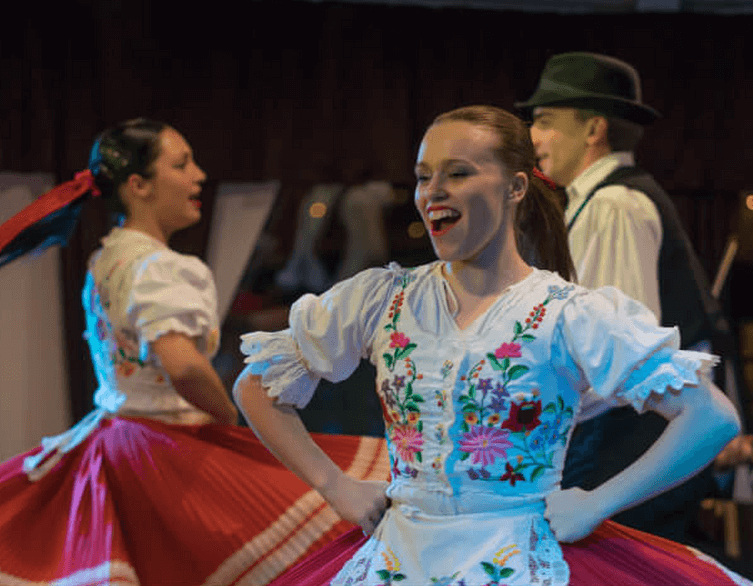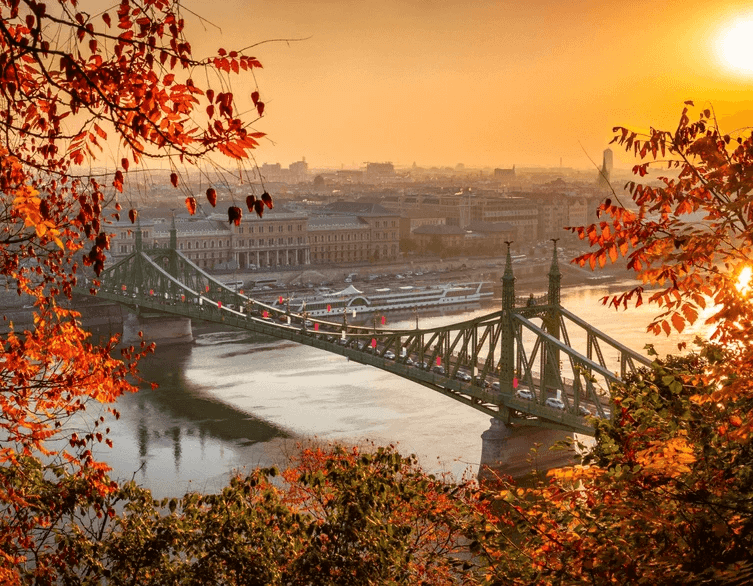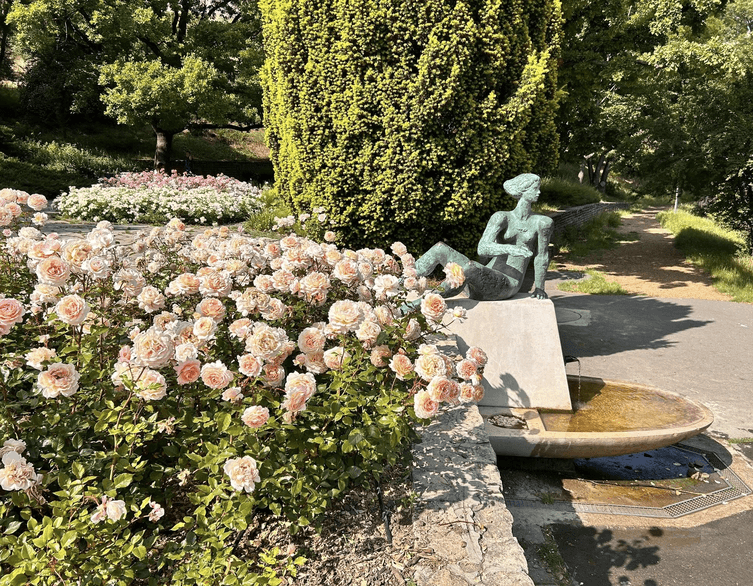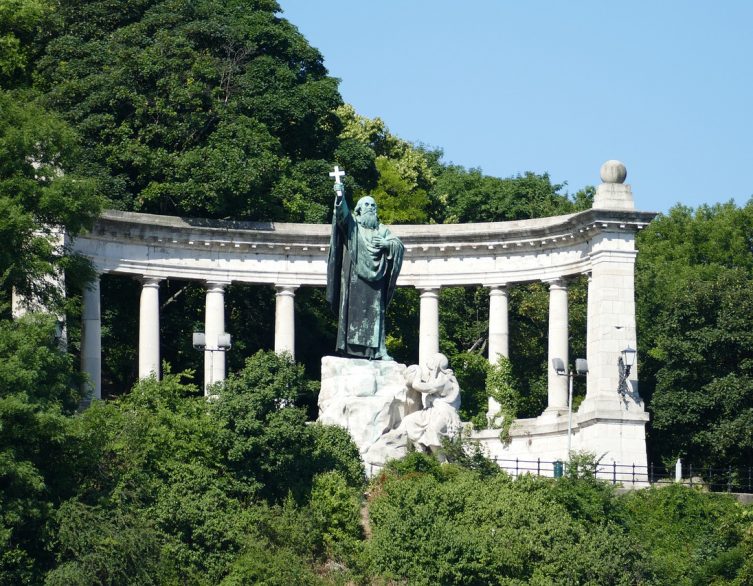Discovering Budapest’s Hidden Heights: Where Legends Meet Spectacular Views
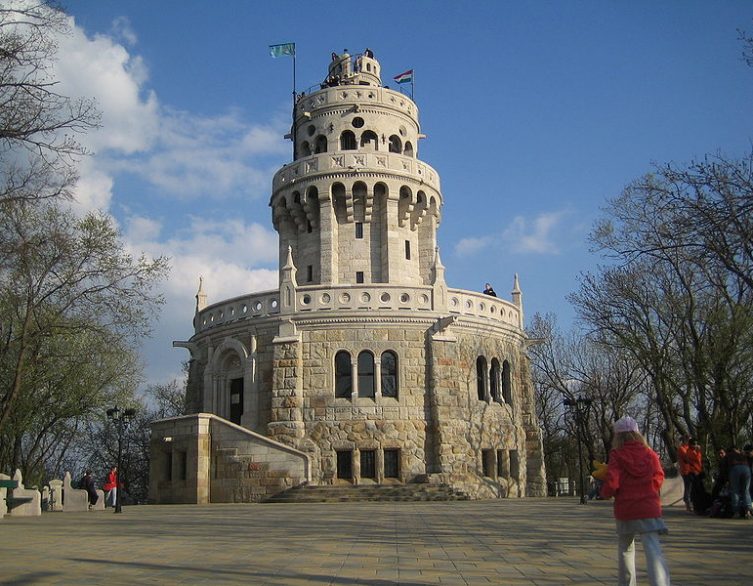
When the summer heat eases for a few days and Budapest is relieved by a breeze of cooler weather, there’s no better time to lace up your hiking boots and explore the city’s most breathtaking elevated treasures. The gentle temperatures create perfect conditions for light hiking tours around Budapest, revealing some of the most spectacular views the Hungarian capital has to offer. Among these elevated gems, the journey from Normafa to the Erzsébet Lookout Tower stands out as an unforgettable adventure that combines natural beauty, fascinating history, and panoramic vistas that will leave you speechless.
Normafa: Following in the Footsteps of a Legend
Your adventure begins at Normafa, one of Budapest’s most beloved hiking destinations in the Buda Hills. But this isn’t just any starting point – it’s a place where legend and history intertwine in the most captivating way. The name “Normafa” literally refers to a magnificent ancient beech tree that stood here for centuries, weathering storms and witnessing the passage of time until lightning finally claimed it in 1927.
The stories surrounding this legendary tree are as impressive as the panoramic views you’ll soon discover. Local folklore suggests the beech began growing when King Matthias was born, and some tales even claim the great king himself once rested in its shade. While written records don’t confirm these romantic stories, the tree’s enormous size and ancient age certainly earned it the respect of generations.
The German-speaking Swabian residents of the area called it the “Storm Beech,” but the name Normafa became popular in the mid-19th century following a magical moment in 1840. The National Theater company visited the tree during an excursion, where the celebrated actress Róza Klein Schodelné performed a famous aria from Bellini’s opera “Norma” beneath its branches. This enchanting performance gave the location its enduring name, which eventually spread to the surrounding meadow and the entire hiking area.
Today, a commemorative plaque installed in 1967 marks where the legendary tree once stood, but the real magic lies in what surrounds this historic spot. Normafa offers excellent facilities for visitors, including restrooms, rest areas, an information center, and well-maintained nature trails. There’s even a playground for families, making it an ideal starting point for hikers of all ages and experience levels.
The Journey to Erzsébet Lookout: Where History Meets the Sky
From Normafa, your hiking adventure continues across Anna Meadow, following the blue circular tourist trail markers. The path leads beyond the upper terminal of the chairlift toward the summit of János Hill, Budapest’s highest point at 528 meters above sea level. This gentle, approximately 2-kilometer walk through slightly ascending terrain offers the perfect opportunity to appreciate the cooler weather while working up just enough of a sweat to feel accomplished.
János Hill has been attracting visitors since the 19th century, when local legends claimed that on clear days, you could even see the peaks of the High Tatras mountains from its summit. While the hill was officially named Pozsonyi Hill during an 1847 naming ceremony, this designation never caught on with locals or visitors.
The real star of János Hill is the magnificent Erzsébet Lookout Tower, named after Empress Elisabeth, who visited the hilltop multiple times in 1882, enjoying the spectacular views from a wooden observation tower that once stood here. Her appreciation for this elevated paradise inspired local hotel owners to contribute twenty thousand forints in 1902 toward constructing a new stone tower to honor her memory.
The neo-Romanesque tower we see today, designed by Pál Klunzinger and Frigyes Schulek, began construction in 1908 and was officially inaugurated on September 8, 1910. For decades, the surrounding area was continuously beautified, and in 1926, Hungary’s first permanent decorative lighting installation was created here. This successful illumination project later inspired similar lighting for the Fisherman’s Bastion and the Parliament building.
During the interwar period, the lookout attracted tens of thousands of hikers and sightseers. However, the post-1948 political regime found the building’s historical symbolism problematic, making only one significant modification: installing a massive red star on top. The star’s weight eventually damaged the tower’s structure, forcing its closure for many years.
Following the fall of communism, the Hegyvidék Municipality took control of the building in 2001, conducting a comprehensive restoration. Since 2005, visitors can once again climb the tower and enjoy its original beauty, complete with a small café operating within the building.
Best deals of Budapest
A Rose Garden with Stories to Tell
While exploring Budapest’s elevated treasures, don’t miss the extraordinary rose garden on the slopes of Gellért Hill, opened to the public just a year ago. Located in Jubilee Park, practically beneath the Freedom Statue, this unique attraction offers much more than beautiful flowers – it carries deep national significance.
What makes this garden truly special is that each of the 3,195 rose bushes represents a Hungarian settlement, either within Hungary’s current borders or in neighboring countries where Hungarian communities live. This symbolic garden doesn’t just showcase floral diversity; it represents the unity of the Hungarian nation across geographical boundaries. The timing of its June 2024 opening coincided with the National Day of Unity, emphasizing its cultural importance.
The garden’s design reflects careful horticultural planning across 1,568 square meters, featuring more than 50 different rose varieties. Budapest’s symbolic rose, a peach-colored Großherzogin Luise variety, grows near the “Budapest Girl” statue and serves as the garden’s emblematic flower. Other spectacular varieties include the Jazz Tantau with its pale pink to orange blooms, the intensely fragrant Anne Duprey, the deep pink Hotline, and classic red varieties like Rotilia and Dalli Dalli.
Like most sophisticated rose gardens, this one incorporates perennial plants that provide visual interest throughout spring and summer with their varied forms, heights, and flowering periods. The rose beds follow a historically significant cellular design pattern, arranged in hexagonal shapes that complement the Gellért Hill environment, scattered across grassy slopes.
Visitor amenities include ten benches, five waste collection points, and a sculptural water feature that adds tranquility to the garden experience. Sustainability considerations include a rain garden and automatic irrigation system ensuring proper plant care while minimizing environmental impact.
Planning Your Perfect Hiking Day
The cooler weather makes this the ideal season for exploring these elevated Budapest treasures. Normafa is easily accessible via public transportation – take bus lines 21 or 212 from Széll Kálmán Square. While parking is available for those driving, weekend traffic makes public transport the smarter choice.
The entire journey from Normafa to Erzsébet Lookout covers approximately 2 kilometers on gently ascending terrain, making it suitable for most fitness levels. The trail is well-marked and maintained, ensuring a safe and enjoyable experience for international visitors.
For those eager to extend their hiking adventure, the lookout tower serves as an excellent launching point for longer excursions. You can continue toward the chairlift’s lower station or explore routes leading to Szépjuhászné, Hárs Hill, and Árpád Lookout, discovering even more treasures hidden within the Buda Hills.
The rose garden on Gellért Hill provides a perfect complement to your hiking day, offering a peaceful conclusion to your outdoor adventures. Its location along a panoramic walkway makes it easily incorporated into any city exploration itinerary.
Budapest’s elevated attractions prove that the city’s beauty extends far beyond its famous riverside landmarks. These hiking destinations combine physical activity with cultural discovery, historical education, and spectacular photography opportunities. The cooler weather creates ideal conditions for outdoor exploration, allowing you to fully appreciate both the natural beauty and rich heritage that make Budapest such an extraordinary destination.
Whether you’re seeking gentle exercise, breathtaking views, or deeper connections to Hungarian culture and history, these elevated adventures offer experiences that will enhance any Budapest visit and create lasting memories of this magnificent city.
Related news
Related events
Related attractions









